If your dog won’t eat dog food but will eat the food from your plate, it can become a problem. Like most pet parents, you want to ensure your furry friend gets the best possible nutrition.
In the following article, you’ll discover why your dog might prefer your food over his own. We’ll also provide twelve tips to help motivate your dog to eat his own food.

Loss of Appetite in Dogs
A loss of appetite in your dog could be a sign of a bacterial or viral infection. Parvovirus is one such infection that causes decreased appetite, vomiting, and diarrhea.
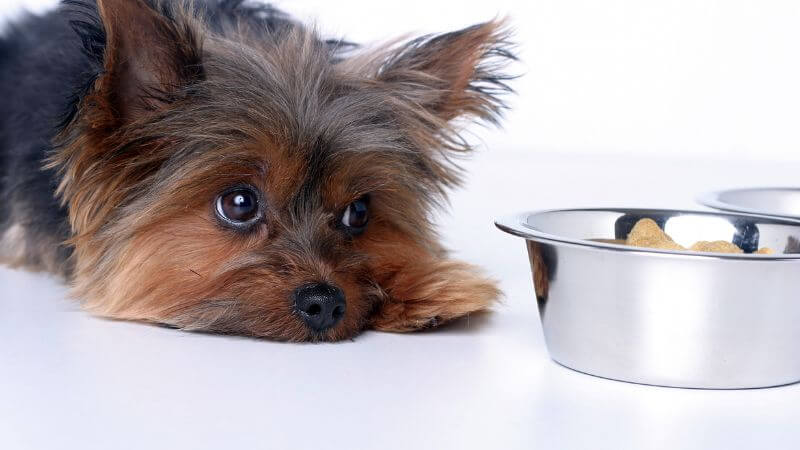
If you suspect your dog could have an underlying illness, it’s important to reach out to your dog’s veterinarian as soon as possible.
Sick dogs often have a decreased appetite but may accept certain human foods that they view as treats.
If your dog’s eating habits are a recent or sudden change, take your dog to the veterinarian to get evaluated. Always talk to your dog’s veterinarian about any changes in their diet.
You might also be interested in: How to stop your Frenchie from eating too fast?

Reasons Why Your Dog Won’t Eat His Food
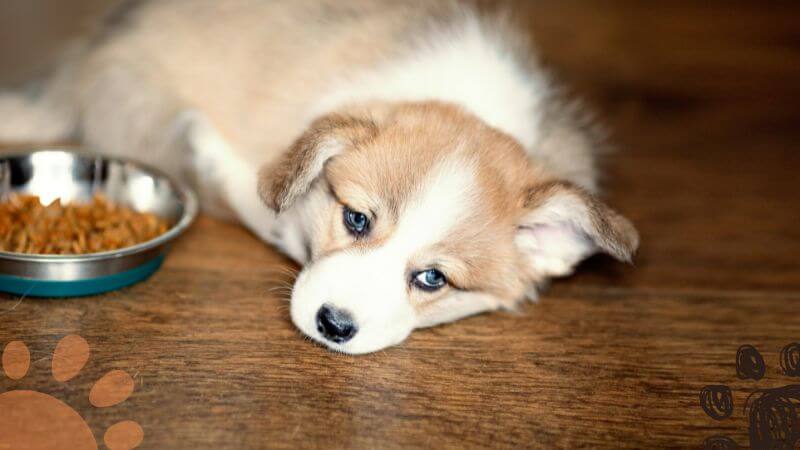
Your dog may choose not to eat his food for several different reasons. The following are the four main reasons your dog may prefer human food over dog food.
Lack of Variety in Your Dog Food
Dogs often want a variety of foods, just like humans do. This may be the case if you notice your dog happily eat from a new bag of food only to turn his nose up at the same food a few weeks later.
Rotating between a few different types of food may help your pup if lack of variety is the issue.
The Food May Be Going Rancid
The oils in most dry kibbles can quickly go rancid when exposed to the air. Unfortunately, that means your dog’s food starts going bad when the bag is opened.
Keeping your dog’s food in an air-tight container can help, but only if you regularly wash the container.
Even if you can’t see or smell the difference, your dog can. They may not like to eat their kibble when it starts to go rancid.
Your Dog’s Diet Is Incomplete
Your dog needs a diet that has all their needed nutrients. They may turn to your plate to fill the deficit when they aren’t getting the nutrients they need.
Talk to your dog’s veterinarian or research dog food brands that offer full and complete nutrition. If changing your dog’s food doesn’t solve the problem, be sure to talk to your dog’s veterinarian.
Your Dog Is Sick
As mentioned in the warning section above, illness may cause your dog to stop eating their food.
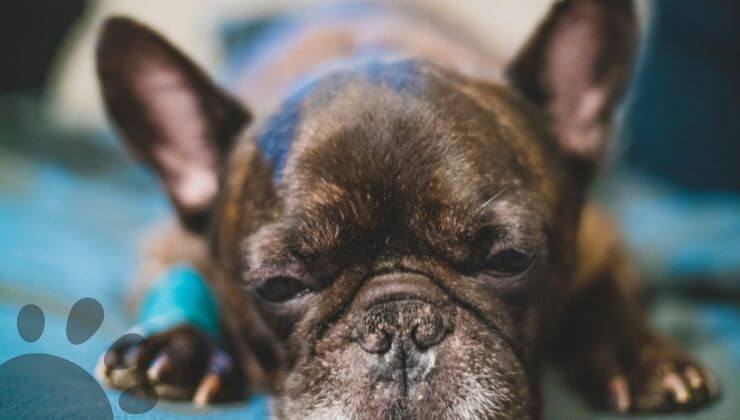
You’ll want to make sure your dog is not suffering from any digestive issues such as food allergies or food intolerance, colitis, etc.
Poor dental hygiene or mouth-related pain can also stop your dog from eating to avoid the pain.
If your dog needs to be coaxed into eating with table scraps, it may be a sign that your dog is facing some underlying medical problems.
Further reading: 10 ways to keep your dog cool in summer

How to Get Your Dog to Eat Dog Food Again
If your dog only eats human food, there are a few things you can try to ensure that he’s getting the proper nutrition.
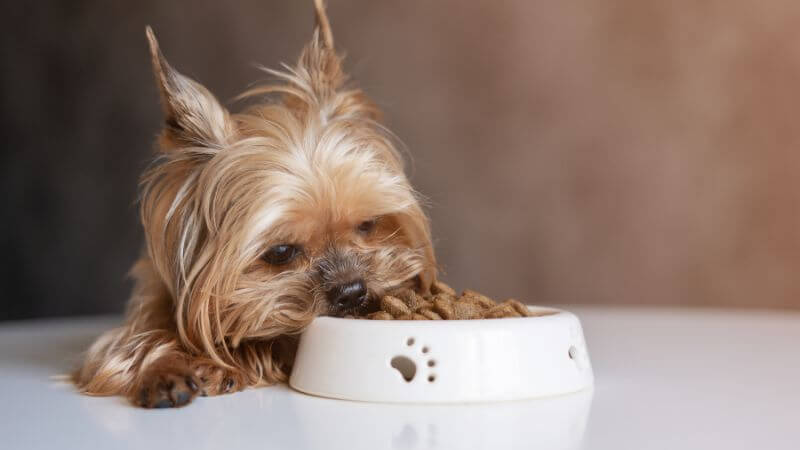
Add Fresh “Human Food” to Your Dog’s Meals
There are many “human foods” that can be healthy for your dog. For example, you can add small amounts of human food to the top of their dry kibble to add a boost of flavor to their food.
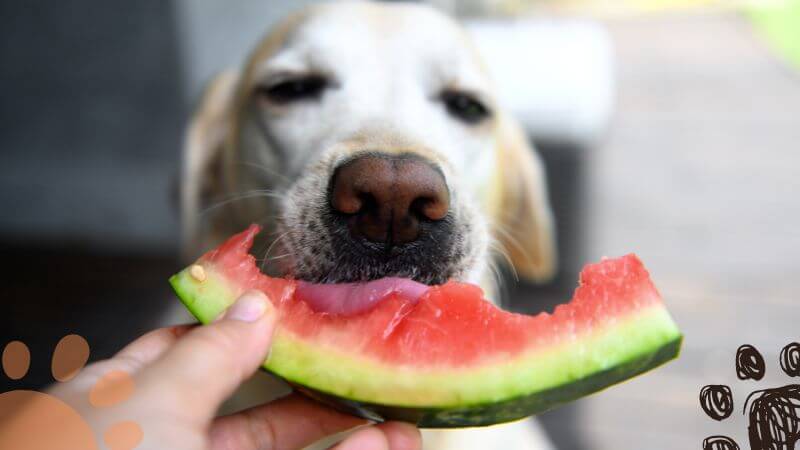
Many fresh fruits and vegetables are safe for dogs and full of antioxidants. Meat, eggs, and fish also provide amino acids and other nutrients your dog may benefit from.
If you’re using scraps from your own meals, make sure there aren’t any ingredients that may harm your dog.
For example, strong seasonings, onions, garlic, and other ingredients are all difficult for your dog to digest.
Don’t Ever Feed Your Dog from the Table
When you choose to give your dog human food to eat, make sure you’re adding it to the top of their food in their bowl at their mealtime.
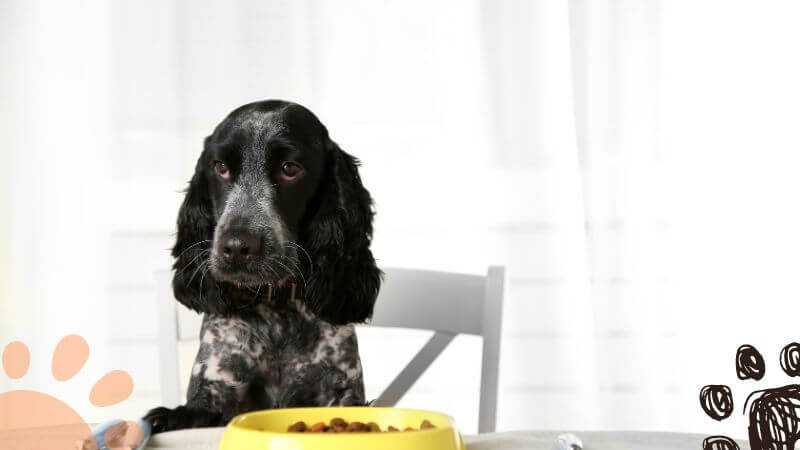
If your dog thinks that begging for scraps at the dinner table will get them a tasty treat, they will do it.
This also helps you ensure they aren’t getting too many scraps. Make sure to measure the amount of food your dog is eating, including any scraps they may receive from your dinner table.
Stick to a Consistent Feeding Schedule
When your puppy is young, feed him two or three times each day (depending on your veterinarian’s recommendation).
As your puppy grows into adulthood, decrease the number of feedings as you increase the volume at each feeding.
Your adult dog should be fed either once or twice daily. When their food is served, they should eat it over a short period of time.
Always measure your dog’s food to ensure they’re getting the right amount of nutrients. When your dog is fed at the same time each day, he will learn to eat that food in order to sustain himself.
Consider Making Entirely Homemade Meals for Your Dog
Your dog might prefer homemade meals, especially if you’re able to give him a variety of meat and other ingredients.
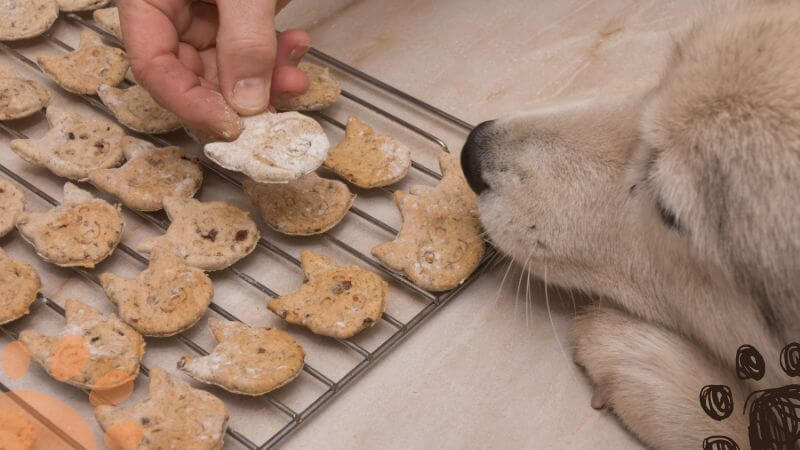
If you plan to make your dog’s meals at home, make sure you’re feeding them food with all the nutrients they need.
Their dietary needs are different from human ones, so you should consult your dog’s veterinarian before switching to homemade food only.
See Your Dog’s Veterinarian to Rule Out Medical Conditions
An underlying medical condition may cause your dog’s pickiness at meal times.
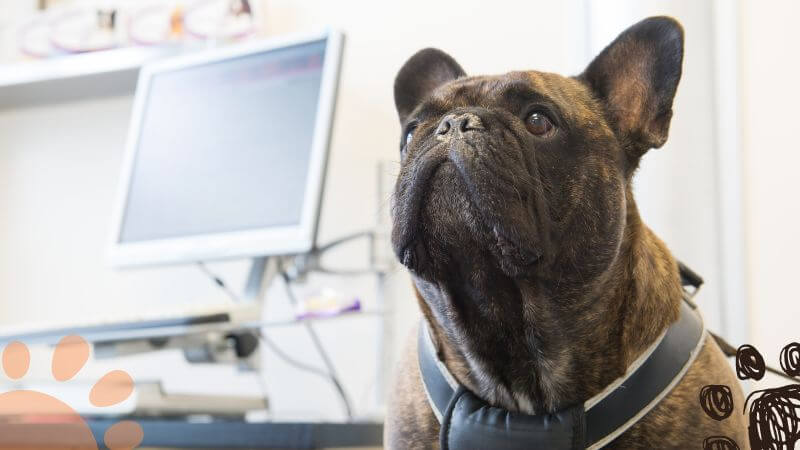
It’s important to see your dog’s veterinarian, especially if their picky eating habits are new or worsening.
Once you’ve ruled out any medical conditions, you can tackle other causes of your dog’s picky eating habits.
Try Different Brands or Flavors of Dog Food
In some cases, changing dog food may be enough to stop your dog from begging for human food instead of eating their kibble.
If you’re switching dog foods, avoid things with similar flavors to what your dog has already refused.
For example, changing between two brands of chicken flavor may not entice your dog to eat. Instead, try completely different flavors. Try beef or fish if your dog isn’t eating his chicken-flavored food.
Many dog owners find that changing between flavors is often enough to entice their pups to eat. In many cases, this doesn’t require purchasing a more expensive food.
Please note: If you’re switching dog foods, make sure to change gradually. Sudden changes to your dog’s diet may result in digestive issues.
Make Sure Your Dog Is Getting Plenty of Exercise
When your dog gets plenty of exercise, he will build up an appetite. If your furry friend is refusing to eat his food at mealtimes, make sure he is meeting his minimum exercise requirements.
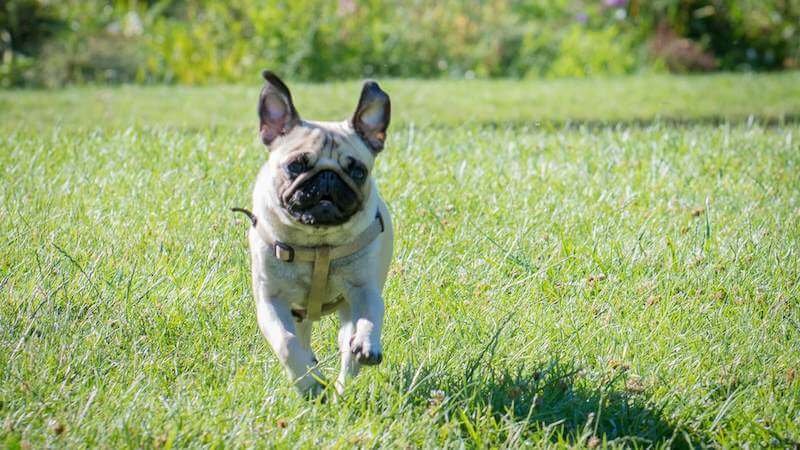
High-energy dogs may struggle to eat when they aren’t burning off their excess energy.
Your dog will be less picky when they’ve worked up an appetite. Exercise is not only good for their health, but it offers them an incentive to eat the food that’s in front of them.
Use a Snuffle Mat to Turn Meal Time into a Fun Activity
Sometimes you need a creative solution to convince your pup to eat his food. For example, feeding toys like snuffle mats may provide your dog with the mental stimulation to “trick” them into eating their food.
If your dog is high-energy or playful, a snuffle mat may be the answer to your mealtime woes. Snuffle mats are mats with strips of material used to conceal pieces of your dog’s kibble.
By hiding your dog’s food within the mat, your dog has to use their sniffing and foraging instincts to find and consume their meal. Some dogs may eat their regular kibble when presented as a game instead of in a bowl.
Use Meal Time to Reinforce Training
Your dog might be more motivated to eat his meals if he has to work for them first. Use meal time to reinforce commands and conduct new training.
Practice by going over commands your dog already knows, like “drop,” “sit,” or “stay.” When your dog completes these commands, praise him and set down his meal as a reward.
Over time, your dog will view their meals as a reward, even if it’s the same food they’ve been eating all along.
If you’re trying to teach your dog some new tricks, practice the tricks a few times before each meal. When your dog has to work for his food, he’s more likely to appreciate it.
Give Your Dog Fewer Treats
Your dog may be turning his nose up at his regular food if he’s getting too many treats. In general, your dog’s treats should only make up 10% (or less) of their daily caloric intake.
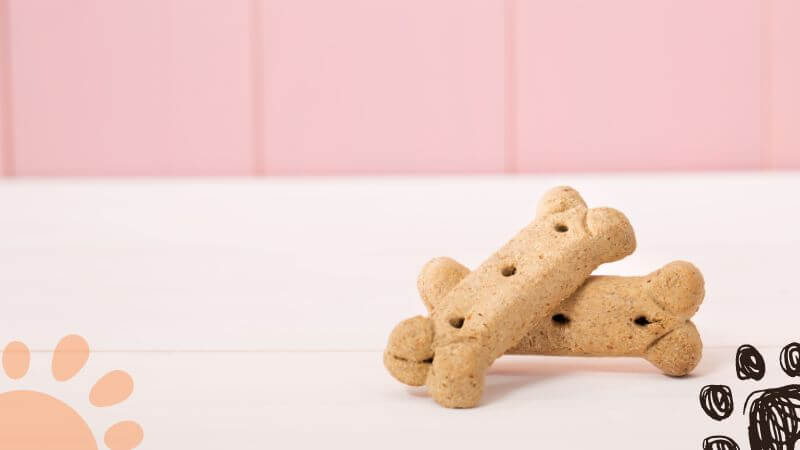
Small dogs can reach their daily maximum a lot faster than larger dogs since the same-sized treats are used for most dog breeds.
If your dog isn’t eating their food, reevaluate their treats to determine how many treats they should be getting in a day.
Take time to make sure that each member of your household knows how many treats should be provided each day. For example, one family discovered that their son had been giving their dog over a dozen treats each day!
Warm Up Your Dog’s Food
Your dog might like the warmth of human food. If this is the case, heating up his dog food may be a solution.
Wet dog food can be warmed up in the microwave (once it’s removed from the container). To heat up dry kibble, heat up a small amount of water and stir it into the kibble.
Make sure that your dog’s food isn’t too hot. Test the temperature of your dog’s food and feed it only when it has cooled enough to be safe.
Offer Meals in a Safe Space Free of Distractions
Some dogs may not be eating because they’re anxious, and not picky. If your dog shows signs that he’s anxious at meal times, consider making changes to their environment to address the cause of their anxiety.
For example, some dogs may not eat when they hear thunder or fireworks outside. While you cannot prevent these sounds, you can make sure to comfort your anxious pup.
Similarly, distractions may also prevent your dog from eating his meal. For example, your dog might struggle to focus if you’re talking to him or have children trying to play.
During meal times, make sure your dog has the space and peace to focus on eating their meals.
Wrap-Up: Dog Won’t Eat Dog Food Only Human Food
If you feel guilty for not sharing your food with your dog, remember that good feeding habits are essential to their health.
Once you have successfully got your dog back to eating their regular food, it’s important to refrain from offering any treats or alternative foods for at least a week.
This helps to send a clear message to your puppy about what they should be eating.
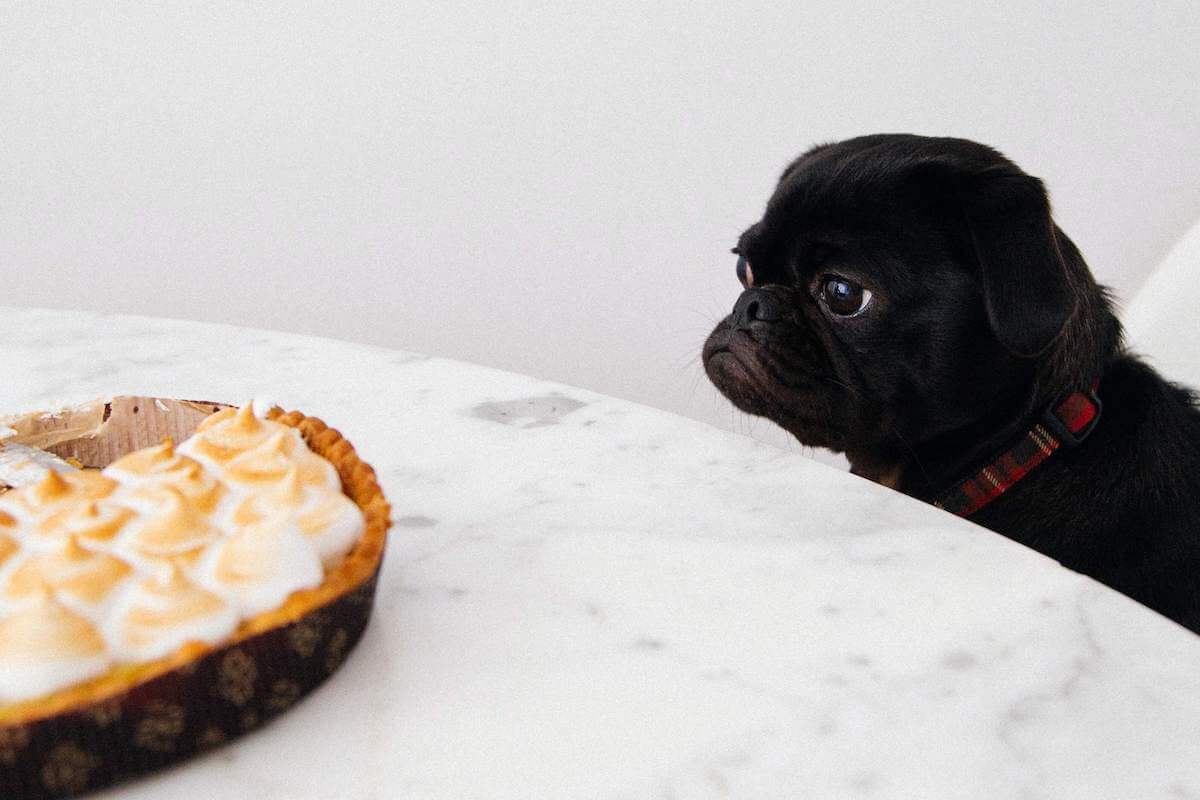
I started about 5weeks ago hope they calm me down always anxious just want to feel normal
I have tried every kind of dog food. There is certainly something going on with dog food. Someone needs to check out to make sure it is worth the money anymore.
Hey Lee, sorry to hear that. While food quality can be a factor, there might be other reasons why your dog is not eating his food anymore. I recommend taking your dog to the vet to rule out any health issues. Let me know if you have any further questions.
I have tried almost every dog food on the market including Fresh Pet, Caesars – he literally turns his face away from the dish. It gets expensive trying different foods. One bag of dry food is $15 and if he won’t eat it what am I supposed to do with the rest? 3 or 4 different types can get very costly, I have also tried “toppers” and no dice. I tried a small amount of fresh cooked high quality hamburger mixed with his other food and, believe it or not, he can eat the hamburger and leave the dog food ??? I have seen the vet and my dog has no medical issues that would lead to this. Any other suggestions would be helpful.
Hey Linda,
It sounds like you’re dealing with a picky eater. Since the vet has ruled out health issues, I’d suggest sticking to a consistent feeding routine and gradually transitioning foods to avoid overwhelming your dog. Try adding a bit of low-sodium broth or a small amount of wet food to his kibble to make it more appealing, but avoid overdoing “human foods” like hamburger, as it can encourage pickiness. You could also try puzzle feeders to make mealtime more engaging. If nothing seems to work, it might help to consult with your vet again for more targeted advice on managing picky eating. Hope that helps.
My dog does the same thing. Even if I put the hamburger meat in wet food he can still pick it out. I have tried so many brands , including Farmer’s Dog.
He’s only been like this for a couple of months.